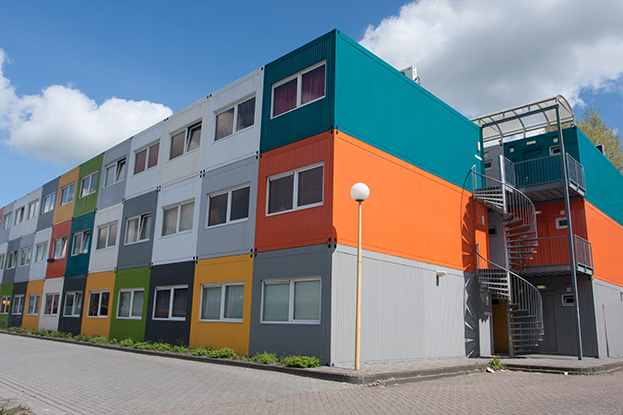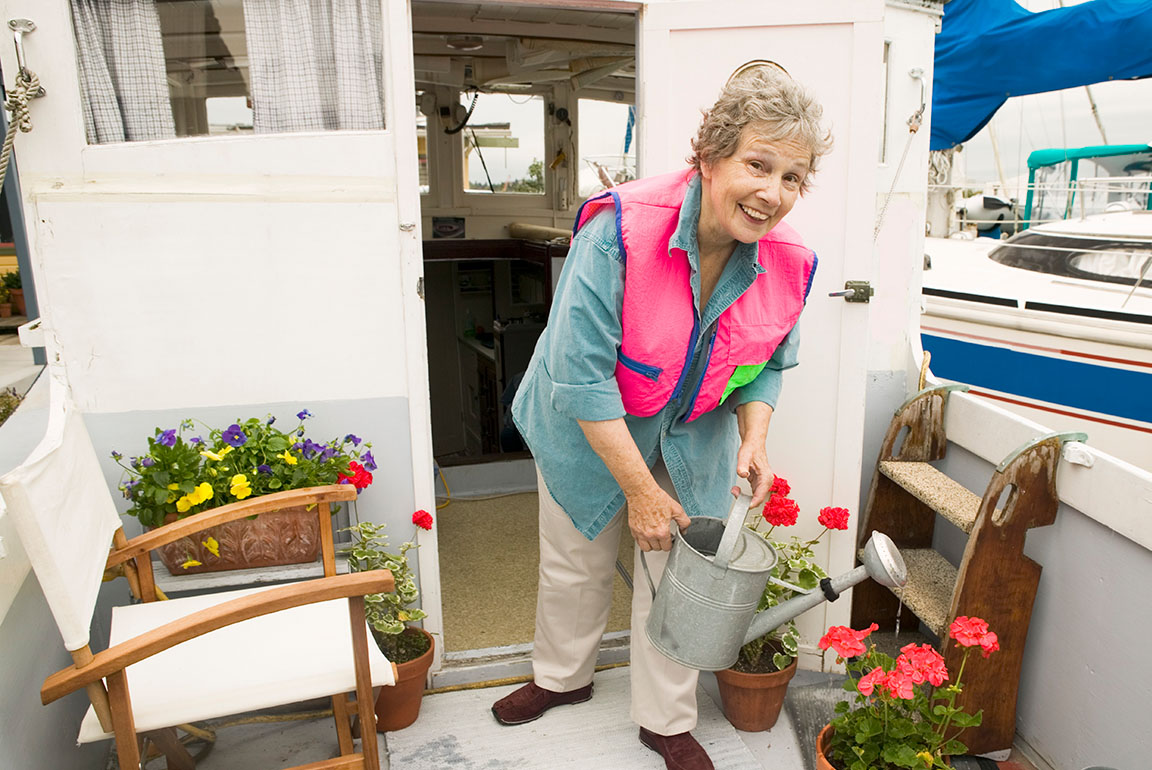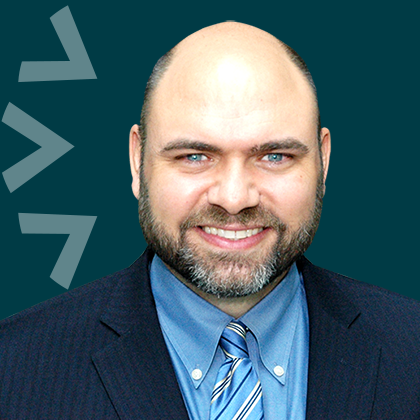Alternative housing: From tiny homes to houses that float
As the cost of housing continues to rise in many parts of Canada, homebuyers are looking for more affordable options. Rather than taking in a renter or listing your home on Airbnb, there are a number of alternative housing options opening up new avenues to homeownership — from co-ops to tiny homes and houseboats. These ideas could also be ideal for anyone looking to downsize, live a simpler life or reduce their environmental footprint.
Here are a few alternative housing options that challenge our idea of a traditional home:
Alternative housing: Tiny homes
Tiny homes are…well, tiny — sometimes as small as just 100 to 400 square feet. But they’re designed to be stylish and comfortable, with everything you’d need in a home — a kitchen, living room, bedroom and bathroom, plus laundry facilities. You can buy one ready-made or build it yourself from a kit. Unlike an RV or other mobile option, these homes are built like a regular-sized house, which means they can function as a year-round residence. Whether you choose to buy or build, a tiny home will cost significantly less than a house or condo, and you’ll save money on monthly living expenses such as hydro.
Related: Should I buy a condo or a house?
Container homes
As the name suggests, these homes are built out of repurposed steel shipping containers. They act like giant Lego blocks to build modular homes, starting as small as 100 square feet — but, with several containers engineered to fit together, you could build a two-storey home, customized to your liking. They’re affordable, durable and sustainable, though they will need insulating for winter. They can even be built with solar panels, rainwater tanks and a green roof if you want to live off the grid.

Cohousing
Cohousing is a communal living arrangement, where private units are built around common spaces, such as a shared kitchen, dining area and laundry room (maybe even a playground or exercise room). While this creates an intentional community, cohousing also allows homeowners to pool their resources and reduce their living expenses. In a cohousing arrangement, there are typically 15 to 35 units that face a common area; homeowners can split the costs evenly, or get separate mortgages while sharing communal costs (like hydro). Popular in some European countries like Denmark, co-housing is starting to gain traction in Canada as a more economical way to enter the housing market.
Co-op housing
In a similar vein, co-op housing is a cooperative that provides at-cost housing for members. There is no landlord — instead, the cooperative operates as a non-profit and all members have a vote in decisions. Members, however, don’t own their units or hold title. Instead, they purchase ‘shares’ in the company, and the company owns the property. Each member, or shareholder, lives in one of the units.

The courtyard at Old Grace Housing Co-operative.
Cohousing tends to be cheaper than buying a condo, but members still pay a monthly fee (similar to a condo fee) that covers everything from the mortgage payment to taxes, maintenance and emergency funds. Keep in mind cooperatives typically require a down payment of 20 per cent or more.
Related: See why Winnipeggers are lining up to live in this new Wolseley neighbourhood housing co-op
Houseboats or live-aboard boats
While this may seem an impractical option for Canadians, houseboats or live-aboard boats are, in fact, a year-round housing alternative — so long as they’re winterized. Aside from the cost of the boat (which is significantly less than a house), you’ll pay a moorage fee (your rent on a marina), hydro, fuel, insurance, maintenance and pump-outs (disposal of sewage). There are also costs associated with winterization, such as installing shrink-wrap and a water agitator to prevent ice from damaging your boat. But don’t do it just to save money — living on a boat is a lifestyle, and that lifestyle isn’t for everyone.

Earthship
For those who want to live off the grid, you could do what one Manitoban couple did and build an Earthship. These eco-friendly homes invented in New Mexico during the 1970s are made of recycled materials. Mudbrick walls, for example, are created by ramming rubber tires with earth. The homes are built with solar panels, rainwater tanks and sun-facing windows for a greenhouse.
In colder climates, modifications may be required, such as insulation and a wood stove. An Earthship could save you money, but you’ll have to do your research. As the Manitoban couple points out, they had to work with an engineering firm and spend $40,000 on glass windows for “maximum sunlight penetration.”
Coach or laneway homes
These compact homes are part of a larger property, but have been annexed from the main house. Historically, a coach house was used to store horse-drawn carriages. Today, a coach house could be anything from a guesthouse to a detached garage converted into a dwelling.
A laneway home is a type of coach house, built on the property of the main house but facing the laneway (often where a garage would be). Popular in cities such as Vancouver, they’re starting to make their way into other markets across Canada.
With so many unique housing options hitting the market, it’s clear that people are looking for different options to live. From land to water to wheels — no matter what type of house you choose, adding your personal touches will be what makes it your home.
Do you live in an alternative home and want to share your experience? Send us your suggestions and tips.
Up Next
Sustainability: How ACU is turning words into action
A hand holding a seedling
For ACU, Pride radiates outward
“I’ve always wanted to instill a change in the world for the better,” says Cristina McCourt, Financial Account Manager Trainee and member of the ACU Pride Committee, an employee-led resource…
Royal Aviation Museum travels to its final destination—with ACU’s help
A stone’s throw from the main terminal of Winnipeg Richardson International Airport you’ll find one of Canada’s hidden gems, where the airplanes are a little more exciting than your typical…




